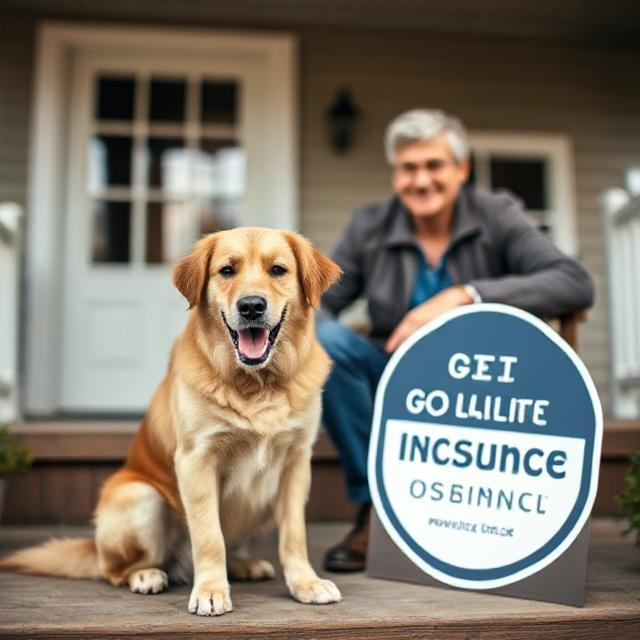Dogs bring joy, comfort, and companionship—but even the most well-behaved pups can have a bad day. Whether it’s a nip at a neighbor or knocking over a guest, pet-related incidents can quickly turn into legal and financial headaches. Why Pet liability insurance is important for you?

That’s where pet liability insurance comes in. It’s one of the most overlooked forms of protection for dog owners—and one that could save you thousands. In this article, we’ll dig into what it covers, who needs it, and how to get the right policy for your furry friend.
🛡️ What Is Pet Liability Insurance?
Pet liability insurance is designed to cover injuries or property damage caused by your pet—most commonly, your dog. It typically kicks in when your dog:
- Bites someone
- Damages someone’s property
- Causes an accident (like tripping someone or jumping on a guest)
The policy helps cover medical bills, legal fees, and repair costs associated with the incident.
While some homeowner’s and renter’s insurance policies include dog liability, many exclude certain breeds or don’t offer sufficient coverage. That’s why a separate pet liability policy can offer peace of mind—especially if you own a breed that insurers consider “high-risk.”
🐶 What Does It Cover?
Pet liability insurance usually includes:
- ✅ Bodily injury coverage: If your dog injures someone, the policy helps pay for medical expenses and legal claims.
- ✅ Property damage coverage: Covers costs if your dog chews up someone’s furniture, digs up a neighbor’s yard, or causes another form of damage.
- ✅ Legal defense: If you’re sued over a dog-related incident, the policy can help cover your legal fees and any settlements.
🚫 What it doesn’t cover:
- Injuries to you or people in your household
- Damage to your own property
- Routine vet bills or pet health care (that’s a different policy entirely)
⚠️ Common Situations That Pet Insurance Can Help With
Here are a few real-life scenarios where pet liability coverage could save the day:
- Dog bite at the park: A quick snap at another dog owner could lead to a costly lawsuit.
- Knocked over grandma: Your dog gets excited and accidentally injures a visiting relative.
- Destruction spree: Your dog tears up your friend’s new leather couch during a visit.
Without pet liability insurance, you’re personally on the hook for any of these costs.
🏷️ Do You Really Need It?
If you’re a dog owner, the short answer is: yes, you should at least consider it. Especially if:
- You have a large or energetic breed
- You live in an apartment or shared housing
- Your dog has ever shown signs of aggression
- Your homeowner’s or renter’s insurance excludes pet liability
Many landlords now require tenants with pets to have liability coverage. And if your dog is a breed like a Pit Bull, Rottweiler, Doberman, or German Shepherd, traditional insurance companies may deny claims—or deny you coverage altogether.
💰 How Much Does It Cost?
You’ll be happy to know it’s pretty affordable. The average cost of pet liability insurance is:
- $10–$30/month for basic coverage
- Around $100–$250/year for more robust policies with higher limits
Many providers offer up to $100,000–$300,000 in liability protection, depending on the policy.
🐾 Where to Get It
You can find pet liability insurance through:
- Specialty pet insurance providers
- Homeowners or renters insurance (as an add-on or endorsement)
- Umbrella insurance policies (which provide liability coverage above and beyond basic limits)
A few insurers to check out:
- Einhorn Insurance
- State Farm (they don’t discriminate against breeds)
- Nationwide
- Lemonade (for renters/homeowners)
Always read the fine print—especially the breed exclusions and claim limits.
🧠 Final Thoughts: Better Safe Than Sorry
Even the sweetest, calmest dog can react unpredictably under stress or excitement. Having pet liability insurance is less about expecting the worst and more about being prepared—just in case.
It’s a small price to pay for the peace of mind that comes with knowing you’re financially protected if something goes wrong.
Whether you live in a suburban neighborhood, a high-rise apartment, or out in the country—if your dog interacts with other people or pets, this kind of coverage is a smart move.
